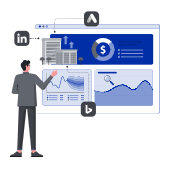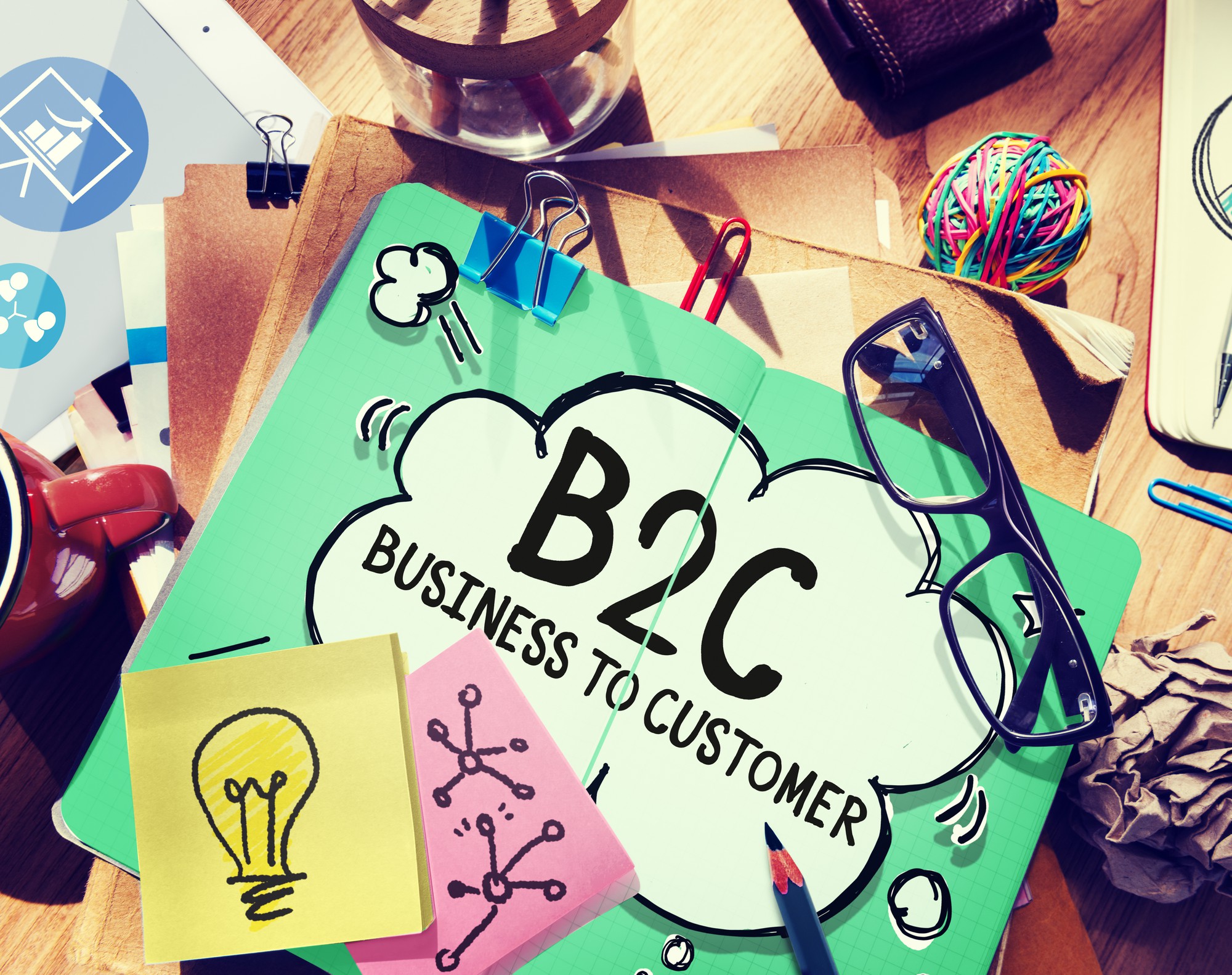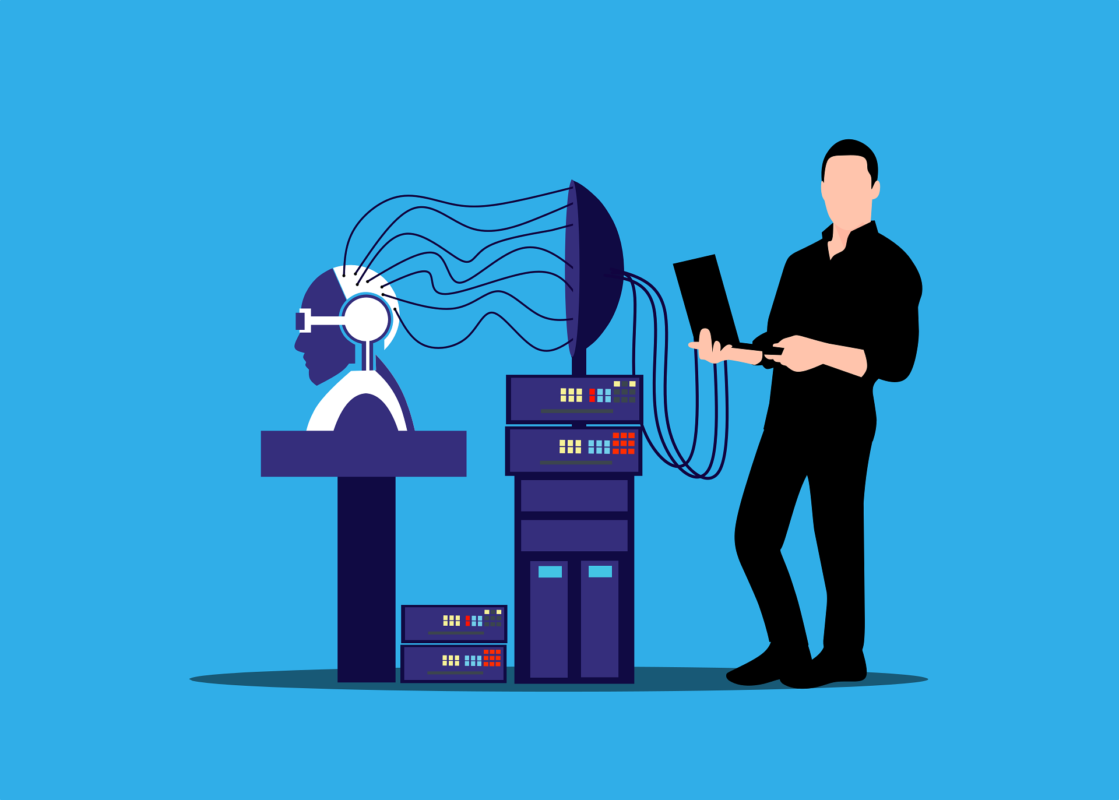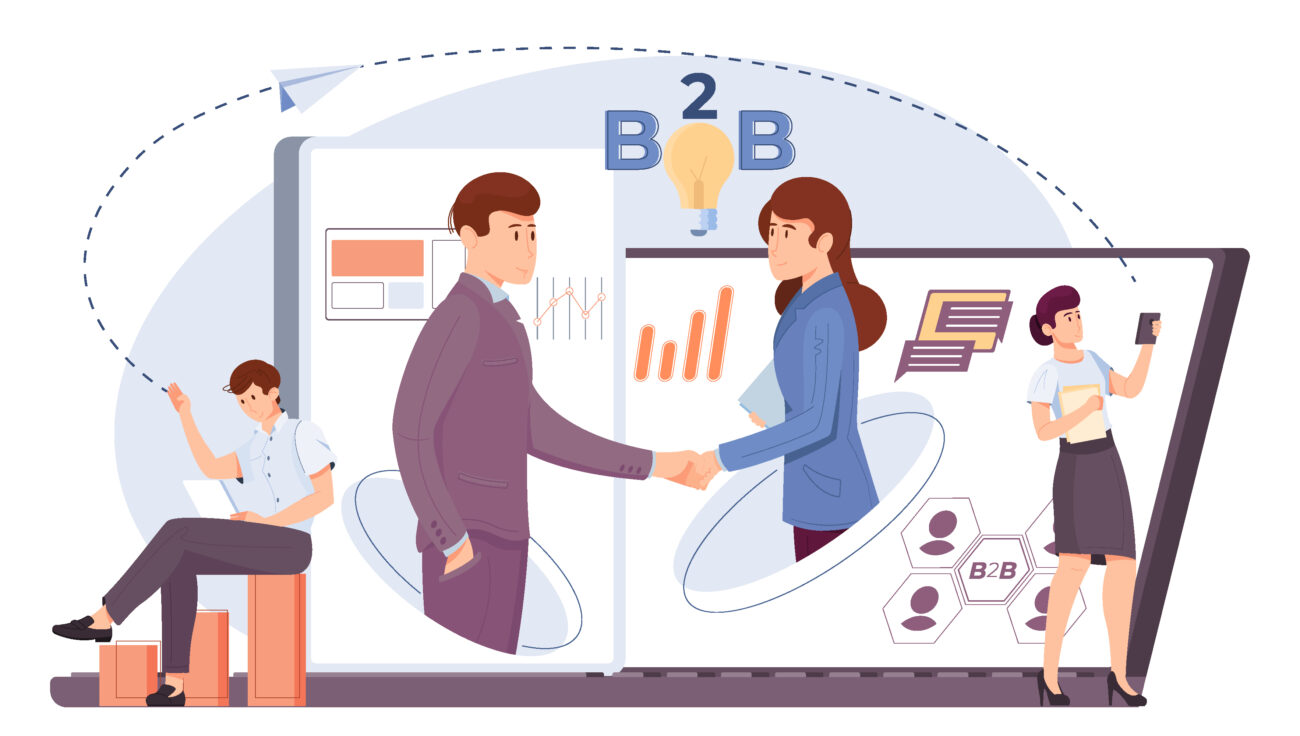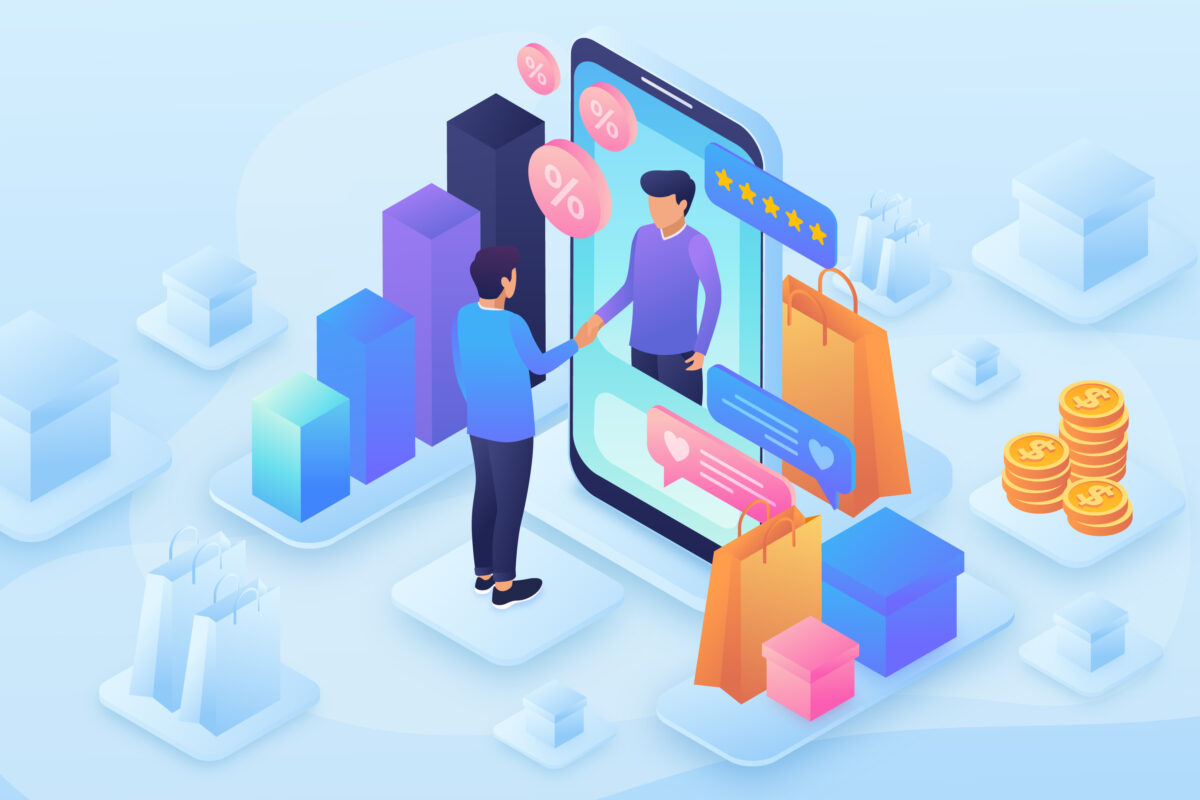Discover the key differences between B2B SEM and B2C SEM and learn actionable strategies for each. This guide covers targeting, messaging, and tools to maximize your SEM efforts.
Search Engine Marketing (SEM) is a powerful tool for driving traffic and conversions, but the approach varies significantly between B2B (Business-to-Business) and B2C (Business-to-Consumer) markets. While both aim to attract and convert audiences, the strategies, targeting, and messaging differ due to the unique nature of their buyers. Understanding these differences is crucial for crafting campaigns that deliver results.
In this blog, we’ll explore the key differences between B2B SEM and B2C SEM and provide actionable strategies for each. Whether you’re a marketer or business owner, this guide will help you tailor your SEM efforts for maximum impact. Let’s dive in!
Why Understanding the Differences Matters
B2B and B2C SEM may share the same goal—driving conversions—but the path to achieving it differs. Here’s why understanding these differences is crucial:
- Target Audience: B2B targets decision-makers, while B2C targets individual consumers.
- Buying Cycle: B2B has longer, more complex sales cycles compared to B2C.
- Messaging: B2B focuses on logic and ROI, while B2C emphasizes emotion and urgency.
- Budget Allocation: B2B often requires higher budgets due to higher customer lifetime value (CLV).
In short, tailoring your SEM strategy to your audience ensures better results and ROI.
Key Differences Between B2B SEM and B2C SEM
1. Target Audience
- B2B: Targets professionals, decision-makers, and businesses. Think CEOs, procurement officers, or IT managers.
- B2C: Targets individual consumers. Think parents, students, or hobbyists.
2. Buying Cycle
- B2B: Longer and more complex, often involving multiple stakeholders and approvals.
- B2C: Shorter and more impulsive, driven by emotions and immediate needs.
3. Messaging and Tone
- B2B: Focuses on logic, ROI, and problem-solving. Example: “Increase productivity with our CRM software.”
- B2C: Focuses on emotions, desires, and urgency. Example: “Get 50% off today only!”
4. Ad Spend and ROI
- B2B: Higher ad spend due to higher CLV and longer sales cycles.
- B2C: Lower ad spend with a focus on volume and quick conversions.
5. Platform Preferences
- B2B: LinkedIn, Google Ads, and industry-specific platforms.
- B2C: Facebook, Instagram, Google Ads, and TikTok.
B2B SEM Strategies
B2B SEM requires a strategic, data-driven approach. Here’s how to succeed:
1. Focus on Long-Tail Keywords
- Target specific, high-intent keywords like “best CRM software for small businesses.”
- Use tools like Google Keyword Planner or SEMrush to identify relevant keywords.
2. Leverage Account-Based Marketing (ABM)
- Identify high-value accounts and create personalized campaigns.
- Use tools like LinkedIn Sales Navigator or ZoomInfo for prospecting.
3. Use LinkedIn Ads
- Target decision-makers by job title, industry, or company size.
- Promote whitepapers, case studies, or webinars to build credibility.
4. Optimize for Lead Generation
- Use lead gen forms to capture contact information.
- Offer gated content like eBooks or free trials to attract prospects.
5. Track and Measure ROI
- Monitor metrics like cost per lead (CPL) and customer lifetime value (CLV).
- Use tools like Google Analytics or HubSpot for detailed insights.
Pro Tip: Use Google Ads’ Target CPA or Target ROAS bidding strategies to maximize ROI.
B2C SEM Strategies
B2C SEM is all about capturing attention and driving quick conversions. Here’s how to excel:
1. Target Broad, High-Volume Keywords
- Focus on keywords with high search volume, like “best running shoes.”
- Use tools like Google Trends or Ahrefs to identify trending keywords.
2. Create Emotion-Driven Ads
- Use persuasive language and visuals to evoke emotions.
- Highlight discounts, limited-time offers, or exclusive deals.
3. Leverage Social Media Ads
- Run ads on platforms like Facebook, Instagram, and TikTok.
- Use carousel ads or video ads to showcase products.
4. Optimize for Mobile
- Ensure your website and ads are mobile-friendly.
- Use AMP (Accelerated Mobile Pages) for faster loading speeds.
5. Use Retargeting
- Retarget users who abandoned their carts or browsed your site.
- Use dynamic ads to show products they viewed.
Pro Tip: Use Google Ads’ Smart Shopping Campaigns to automate ad creation and optimization.
Common Mistakes to Avoid
1. Using the Same Strategy for B2B and B2C
- Tailor your approach based on the audience and buying cycle.
2. Ignoring Data and Analytics
- Regularly monitor performance and adjust your strategy.
3. Neglecting Landing Pages
- Ensure your landing pages align with your ads and are optimized for conversions.
4. Overlooking Mobile Optimization
- A significant portion of traffic comes from mobile devices.
Tools for B2B and B2C SEM
Here are some tools to streamline your SEM efforts:
- Google Ads: For running search and display campaigns.
- LinkedIn Ads: For targeting B2B decision-makers.
- Facebook Ads: For reaching B2C audiences.
- SEMrush: For keyword research and competitive analysis.
- Google Analytics: For tracking performance and ROI.
Conclusion
B2B and B2C SEM may share the same foundation, but their strategies, targeting, and messaging differ significantly. By understanding these differences and tailoring your approach, you can create high-performing campaigns that drive results.
Whether you’re targeting decision-makers with LinkedIn Ads or capturing consumer attention with Facebook Ads, the key is to align your strategy with your audience’s needs and behaviors. Regularly monitor, test, and refine your campaigns to ensure they’re always performing at their best. You can contact us for a B2B SEM plan; we will handle everything for you.



